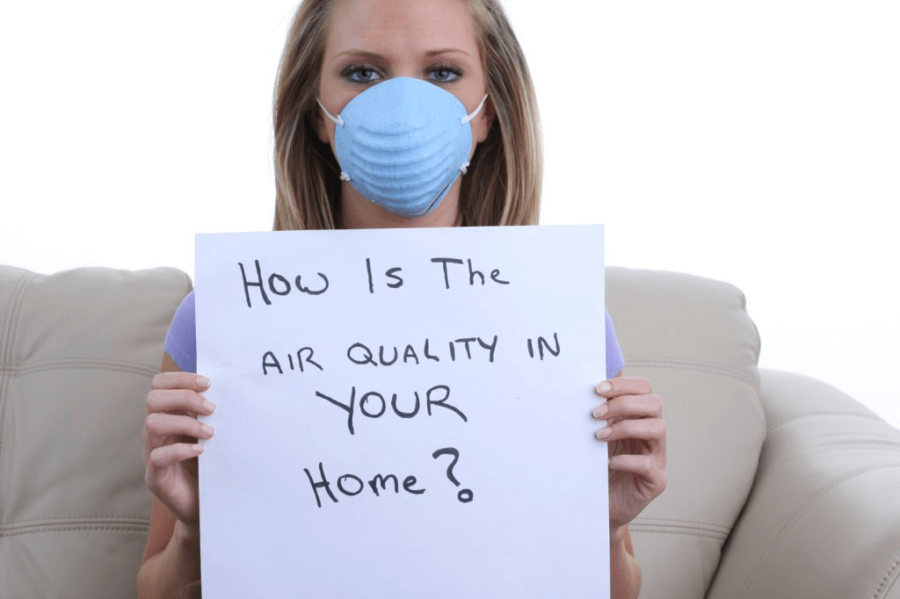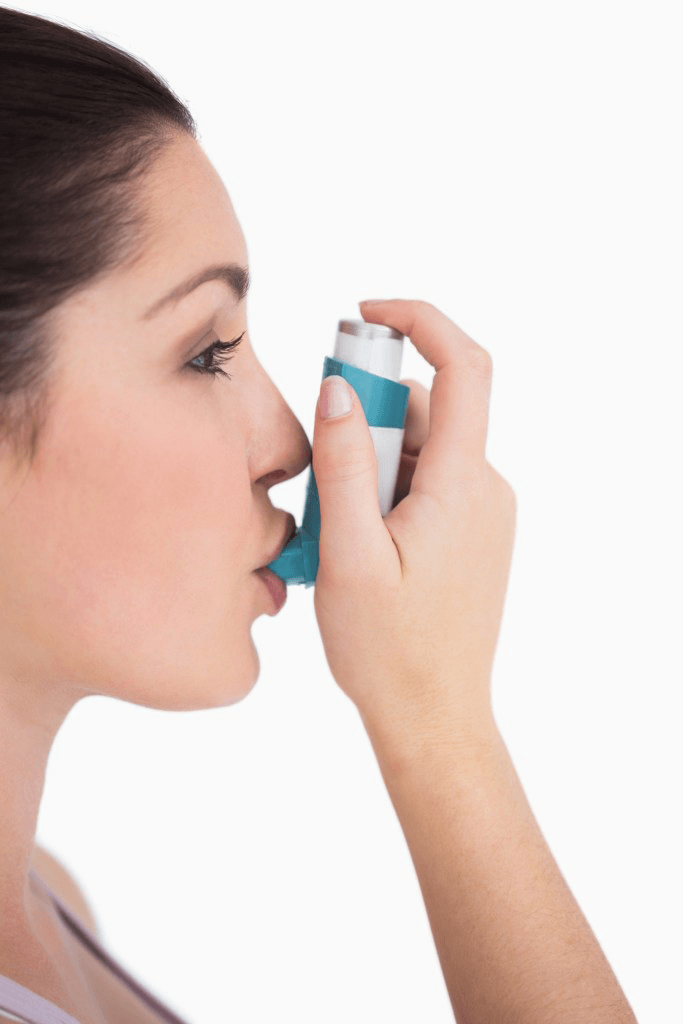
One of the unseen risks that can have a huge impact on the safety of your home is air quality. Home air pollution seems innocuous, but science has shown that nine factors make a huge difference in the quality of your air, and the quality of your lives.
Keeping these in check can ensure a healthy atmosphere for you and your family. It’s important to find ways to help reduce air pollution at home. It all starts with awareness through monitoring these nine factors.
9 Biggest Factors Contributing to your Home Air Pollution
Temperature
Poor temperature can affect your sleep, and for homes with babies, this means frequent waking and crying when the room gets too hot or too cold. Students have more trouble concentrating when the temperature is not optimal, and this can affect their academic performance.
Humidity
High levels of humidity make a room stuffy. Aside from making a room uncomfortable, high humidity also affects allergic reactions and can trigger asthma attacks. It also promotes the spread of fungus, bacteria and other health concerns.
Particulate Matter
High levels of particulate matter in the atmosphere increase the amount of these small particles that you inhale and get into your lungs. Over time, this can cause respiratory and pulmonary illnesses and can be especially hard on children. These can also aggravate allergy and asthma symptoms, making them especially important to monitor.
Total Volatile Organic Compounds (tVOCs)
Many volatile organic compounds are known to be toxic to humans, and these can get into your home through common things like hair sprays, perfumes, paint, and even newly-bought furniture. If the total VOC level in your home is high, these can cause pulmonary and respiratory illnesses and are especially correlated with asthma.
Carbon Dioxide
High levels of carbon dioxide affect your cognition and decision-making skills, and if ignored can cause a whole host of problems. When kept uncheck, too much carbon dioxide can cause dizziness, drowsiness, fatigue and even more serious problems like confusion and suffocation. It’s easy to grow restless, and this can affect you and your family’s quality of sleep.
Carbon Monoxide
Carbon monoxide is a huge risk factor and can have irreversible effects on your health, especially with children. A study from Forbes.com shows that 20,000 to 30,000 people in the United States get sick from carbon monoxide poisoning each year, of which 500 are reported as fatalities. It’s one of the most insidious “silent killers” in the air and should be monitored carefully.
Nitrogen Dioxide
Short-term exposure to nitrogen dioxide is enough to cause symptoms in even healthy people, such as inflammation of the airways. Prolonged exposure can affect memory and when the gas combines with VOCs it can form ozone, which further affects the quality of air in your home. To make matters worse, high levels of nitrogen dioxide can contribute to the acidification of property, undermining the structure of your home. The most vulnerable materials are limestone, marble, and sandstone, so if your home uses these materials you’ll need to be especially careful of this gas.
Ozone
Ozone is mostly known as the layer that protects the earth from the sun, but at ground level, it has a big effect on respiratory health. It can aggravate asthma and in high enough concentrations can damage the lining of your lungs. Long-term exposure can result in irreversible damage to your respiratory system, and it should be monitored and controlled carefully.
Air Pressure
Managing air pressure is important, as it can affect the efficacy of air-conditioning, and thus the controls on the other big factor, temperature. Poor air pressure can also damage the structure of your house, resulting in costly repairs. Most importantly, when air pressure isn’t managed properly pollutants can be trapped inside your home and not get ventilated properly, resulting in worsening conditions as time passes.
How Do you Keep these 9 Factors In Check?
The best thing about modern air monitoring systems is that they can keep all of these factors in check. uHoo’s indoor air quality sensor has the ability to monitor temperature, humidity, particulate matter, VOCs, carbon dioxide, carbon monoxide, ozone and air pressure. It can do them all in real-time, and the results can be monitored from your smartphone. With some care and vigilance, you can maintain a safe home environment for your family. It all begins with the knowledge gained from monitoring these factors.







